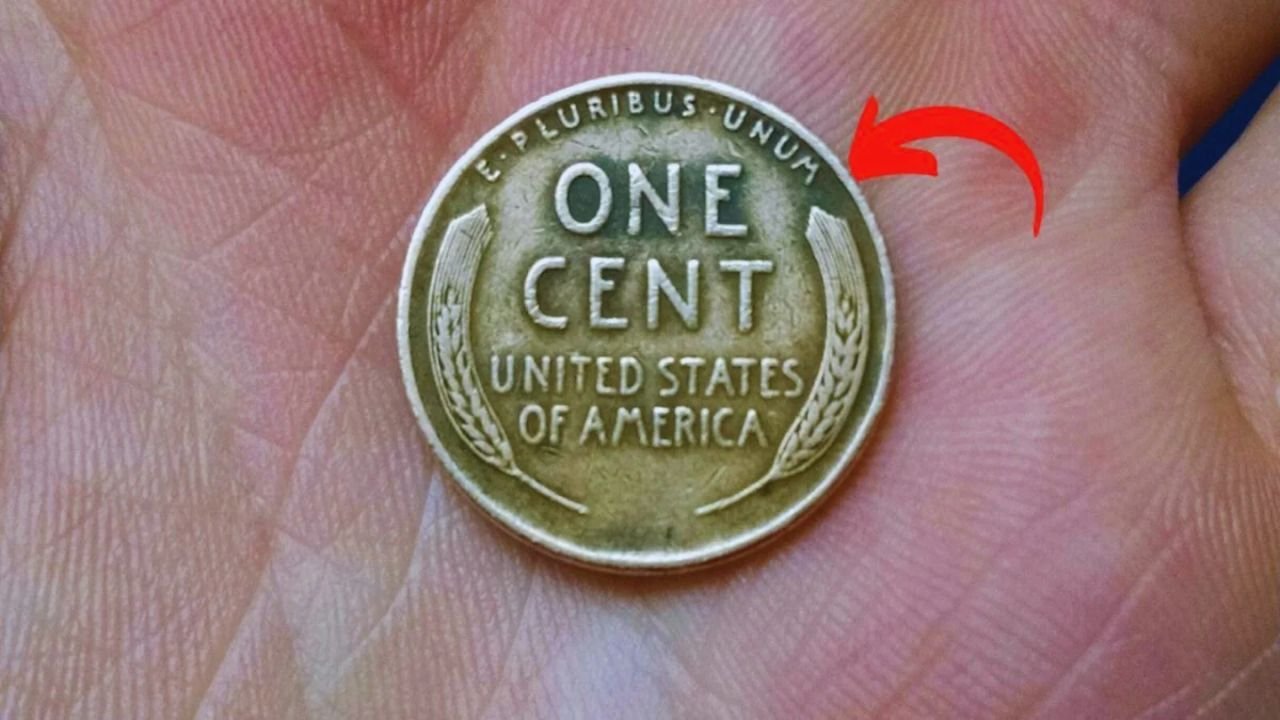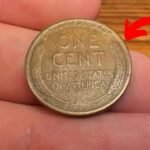The Lincoln Wheat Penny stands as one of the most iconic coins in American numismatic history—and for good reason. What started as a simple one-cent coin in everyday circulation has grown into one of the most sought-after collectibles worldwide. Some rare Lincoln Wheat Pennies have fetched astonishing prices, including a remarkable example valued at around $37 million. While it may seem unbelievable that a humble penny could be worth millions, the fascinating story behind the Lincoln Wheat Penny proves just how extraordinary these small coins can be. Who knows? You might have one tucked away in a jar or hidden in your loose change, waiting to be discovered and cherished.
The Origins of the Lincoln Wheat Penny
The Lincoln Wheat Penny was first introduced in 1909 to mark the 100th anniversary of Abraham Lincoln’s birth. This coin broke tradition by being the first U.S. coin to feature a real person’s portrait—President Lincoln—rather than symbolic figures like Lady Liberty. This was a historic shift in American coinage and a tribute to one of the nation’s most beloved leaders.
Designed by Lithuanian-born sculptor Victor David Brenner, the penny’s reverse side featured two stylized wheat stalks, symbolizing America’s agricultural heritage and prosperity. Brenner’s initials, V.D.B., were initially displayed prominently on the coin’s back, though they were later reduced due to public controversy. This wheat design remained until 1958 when it was replaced by the Lincoln Memorial image.
From the start, the Lincoln Wheat Penny was more than just currency—it became a symbol of American values and pride, quickly becoming a favorite among collectors. Over time, some editions gained legendary status due to their rarity and value.
The Rare Mistake That Made History
During World War II in 1943, copper was in high demand for military use. To conserve copper, the U.S. Mint switched the penny’s composition to zinc-coated steel. These silver-colored steel pennies replaced the traditional bronze ones for that year, creating a unique and easily recognizable variation.
However, a rare minting error occurred when leftover bronze planchets from 1942 were mistakenly struck with the 1943 date at several mint locations—Philadelphia, Denver, and San Francisco. These 1943 bronze Lincoln Wheat Pennies are extremely rare and unintentional, yet they have become some of the most famous error coins in U.S. history.
Also Read – The Lincoln Wheat Penny Valued at $8.2 Million, Still in Circulation?
Today, these bronze 1943 pennies are among the rarest and most valuable coins worldwide. One example has sold for over $1.7 million, and experts speculate that pristine specimens could reach values as high as $37 million depending on condition and buyer interest.
Why the 1943 Bronze Penny Is Worth $37 Million
The extraordinary value of the 1943 bronze Lincoln Wheat Penny comes down to several key factors:
- Rarity: While over a billion steel pennies were minted in 1943, fewer than two dozen genuine bronze examples are known to exist.
- Historical Significance: This coin represents a tangible connection to the challenges and sacrifices of the WWII home front.
- Condition: Mint state or uncirculated bronze pennies with original luster command the highest prices.
- Collector Demand: Elite collectors are willing to pay premium prices for these coins, viewing them as prestigious symbols of history and rarity.
How to Identify a 1943 Bronze Lincoln Wheat Penny
If you suspect you’ve found a 1943 bronze Lincoln Wheat Penny, there are a few simple ways to check:
- Magnet Test: Steel pennies will stick to a magnet, while bronze pennies will not.
- Color: Bronze pennies have a reddish-brown tone, unlike the silver-gray steel coins.
- Weight: Bronze pennies weigh about 3.11 grams, compared to approximately 2.7 grams for steel.
- Professional Authentication: Due to counterfeit coins, always get suspected bronze pennies verified by trusted grading services like PCGS or NGC.
Other Valuable Lincoln Wheat Pennies
Besides the 1943 bronze penny, several other Lincoln Wheat Pennies are prized for their rarity and unique characteristics:
- 1909-S VDB Lincoln Wheat Penny: The first year of the series, featuring the designer’s initials prominently, with limited mintage.
- 1955 Doubled Die Penny: Known for its distinct doubled date and lettering caused by a die error.
- 1944 Steel Penny: An error coin struck on leftover steel planchets instead of bronze, making it rare and valuable.
Each of these coins commands significant interest among collectors and can fetch thousands or more depending on condition.
The Thrill of the Hunt
One of the greatest joys of collecting Lincoln Wheat Pennies is the chance of finding rare coins still in circulation. These pennies might be hidden in old jars, piggy banks, or everyday change. This accessibility makes coin collecting a thrilling and rewarding hobby for beginners and experts alike.
Caring for Your Lincoln Wheat Penny
If you’re fortunate enough to find a valuable Lincoln Wheat Penny, proper care is crucial to preserve its condition and value:
- Handle coins by their edges to avoid fingerprints.
- Never clean coins with abrasive materials or chemicals.
- Store coins in protective holders or archival sleeves to prevent damage from moisture and air.
- Consider professional grading for authentication and to maximize resale potential.
Final Thoughts
The Lincoln Wheat Penny is much more than a one-cent coin—it’s a fascinating piece of American history that combines artistry, legacy, and sometimes extraordinary value. Whether you’re a seasoned collector or a curious newcomer, exploring the world of Lincoln Wheat Pennies offers a unique connection to the past and the possibility of uncovering a hidden treasure.
Disclaimer: Coin values fluctuate with market trends, condition, and demand. For precise valuation, always consult a professional coin dealer or grading service.
Some Important Link
| Telegram Group | Click Here |
| WhatsApp Group | Click Here |
| Home Page | Click Here |










